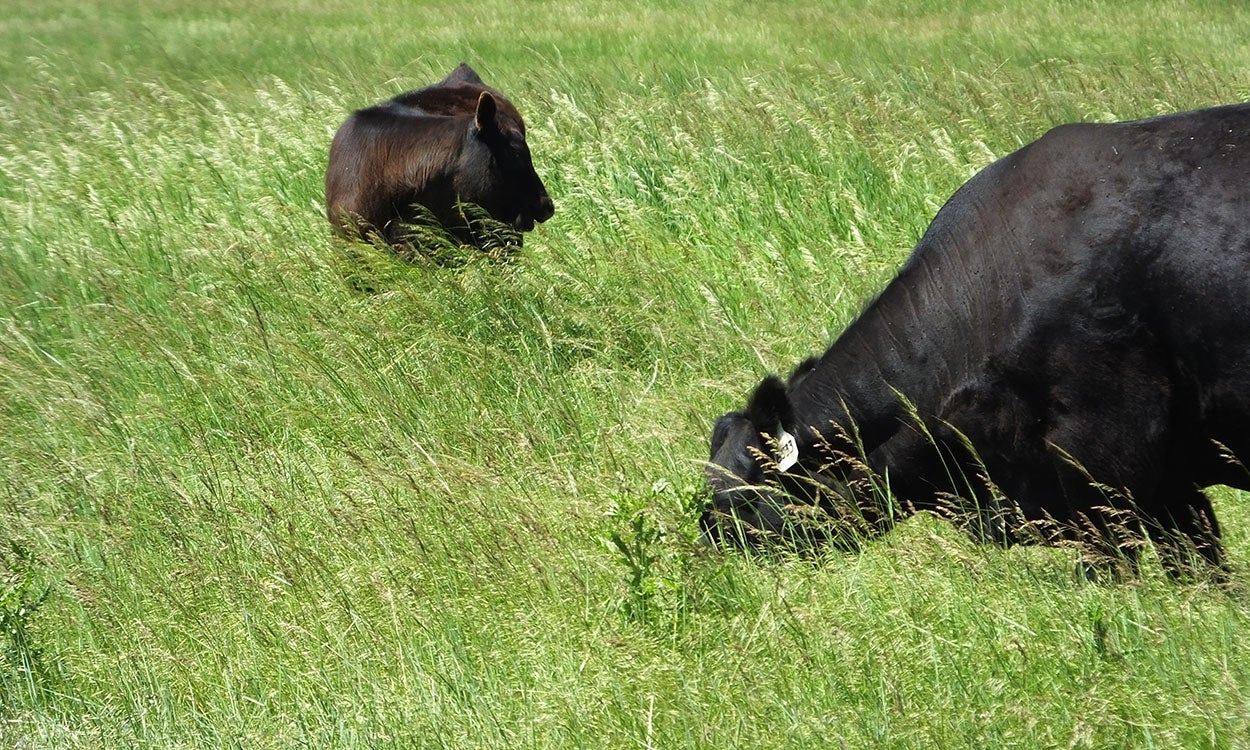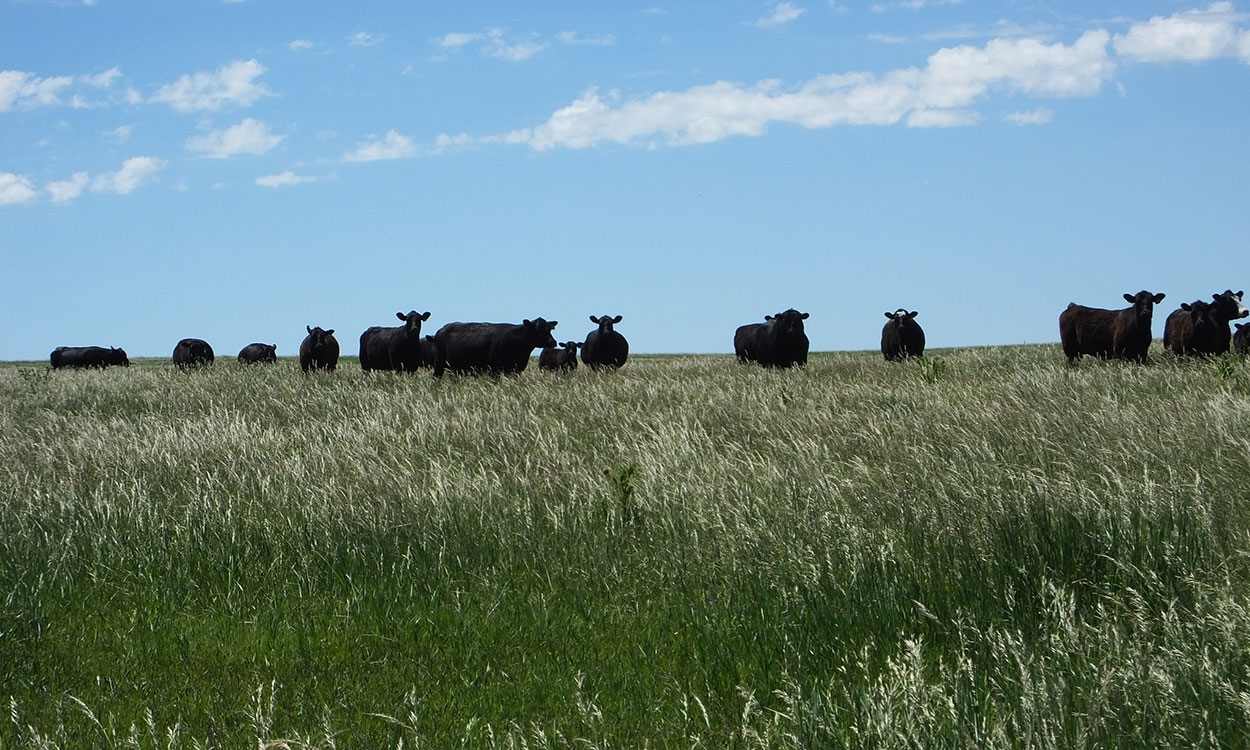Search

Last Chance to Register for Interstate Cattle Feeders Day
November 22, 2021
Sponsored by SDSU Extension and the University of Minnesota (UMN) Extension, the program highlights several timely topics addressing key feedlot production issues.

Cull Cow Management and Marketing Opportunities
No matter the reason for culling, it is important to evaluate the opportunity to add value to cull cows at marketing, as they make up a significant portion of annual ranch income.

How to Make a Safe, Ready-to-Eat Cookie Dough
Ready-to-eat cookie dough is a delicious snack or dessert that can be enjoyed, but only when made safely. This includes using commercially processed heat-treated flour, ready-to-eat ingredients and using good sanitary practices when making the cookie dough.

Grass-Fed Beef: Understanding Terminology in Conventionally Raised Beef and Grass-Fed Beef
What makes grass-fed beef different from conventionally raised beef? This is perhaps the most-common and sometimes most-complex question that arises amongst those hoping to understand the similarities and differences between conventional and grass-fed beef.

Grass-Fed Beef: Market Share of Grass-Fed Beef
So, how significant is the grass-fed beef industry in America? About four percent of U.S. beef retail and food service sales is comprised by grass-fed beef with a value of roughly $4 billion.

Grass-Fed Beef: Production Costs, Quality, Voluntary Certifications and Marketing
Generally speaking, grass-fed beef producers are challenged with production expenses that are greater than those of conventionally raised beef. However, profit margins can be greater than those of conventionally raised beef if marketed wisely and creatively.

Branched Chain Amino Acids Levels in Swine Diets Containing Dried Distillers Grains With Solubles
Inclusion of dried distillers grains with solubles in swine diets above 20% can negatively impact growth performance of pigs. An imbalance in the branched chain amino acids, specifically excess leucine, is one potential explanation of this decrease in performance.

SDSU Extension Welcomes Anna Barr as Farm to School Specialist
July 12, 2021
A native of Newton, Iowa, Anna Barr brings broad expertise to the position as Extension’s first Farm to School Nutrition Field Specialist.

Concentrated Animal Feeding Operations Training set for June 30
June 08, 2021
An environmental training session for operators of concentrated animal feeding operations (CAFOs), will be held Wednesday, June 30 in Huron at the Crossroads Convention Center.

Qualifying Livestock Forage Program Applications
As drought conditions worsen, livestock producers will find feed assistance from the Livestock Forage Program administered by the U.S. Department of Agriculture Farm Service Agency. Learn how to qualify, apply and certify your application for assistance.